Museum Island (Museumsinsel)
.jpg)
Museum Island (Museumsinsel) is a unique and culturally significant site located in the Mitte district of Berlin, Germany. It is situated on the northern half of an island in the Spree River, and is home to five world-renowned museums: the Altes Museum, Neues Museum, Alte Nationalgalerie, Bode Museum, and Pergamon Museum.
The island's rich history dates back to the early 19th century when King Frederick William IV of Prussia envisioned creating a cultural hub that would showcase the country's artistic and historical treasures. Over the years, each museum was built to house specific collections ranging from ancient artifacts to modern art.
Visitors to Museum Island can explore a wide range of exhibits spanning thousands of years of human history. Highlights include the famous bust of Queen Nefertiti at the Neues Museum, classical sculptures at the Altes Museum, and Islamic art at the Pergamon Museum.
In addition to its impressive collections, Museum Island itself is a UNESCO World Heritage Site due to its architectural significance and role in shaping European museum culture. The island has undergone extensive renovations in recent years to restore its buildings to their former glory and improve visitor experiences.
Overall, Museum Island offers a unique opportunity for visitors to immerse themselves in art, history, and culture while exploring one of Berlin's most iconic landmarks.
Quaint Market Towns
Museum Island, located in the Mitte district of Berlin, Germany, is a unique cultural and historical site that has been used for various purposes throughout its history. Originally known as Spreeinsel (Spree Island), it was once a bustling market town where merchants and traders would gather to sell their goods.
The island's central location along the River Spree made it an ideal spot for commerce, and over time it became known for its quaint market towns. These markets were essential hubs of activity in the city, attracting locals and visitors alike with their diverse array of products and wares.
As Berlin grew and developed into a major European capital, Museum Island underwent significant changes. In the 19th century, several museums were established on the island, transforming it into a cultural hub that showcased some of the world's most important art and artifacts.
Today, Museum Island is home to five world-renowned museums: the Altes Museum (Old Museum), Neues Museum (New Museum), Alte Nationalgalerie (Old National Gallery), Bode-Museum, and Pergamonmuseum. These institutions house a vast collection of treasures from ancient civilizations to modern art movements.
While Museum Island may no longer be used as a quaint market town, its rich history and cultural significance continue to attract visitors from around the globe. The island's stunning architecture, picturesque gardens, and unparalleled collections make it a must-see destination for anyone interested in art, history, or culture.

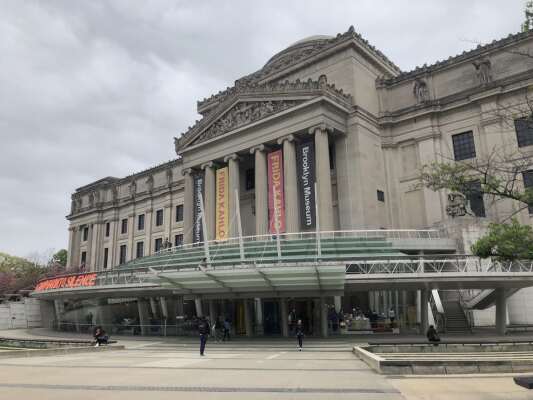
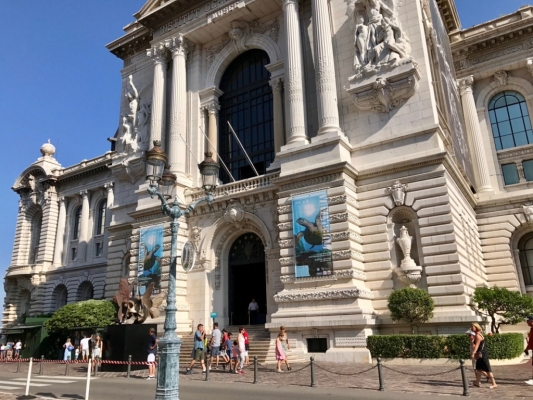
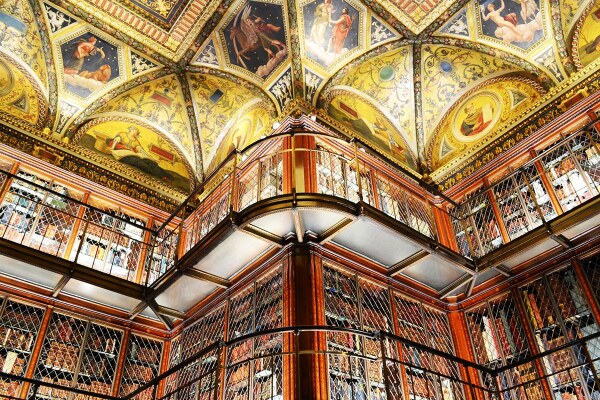
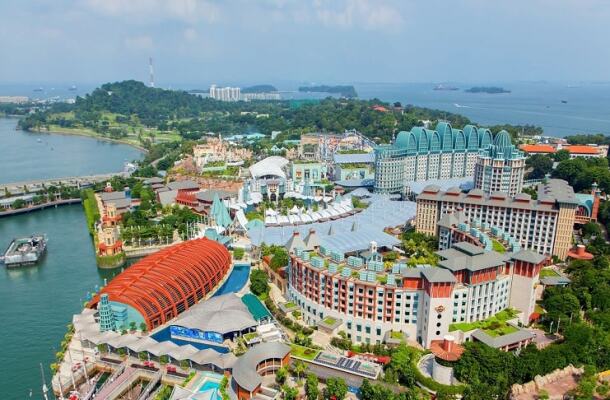
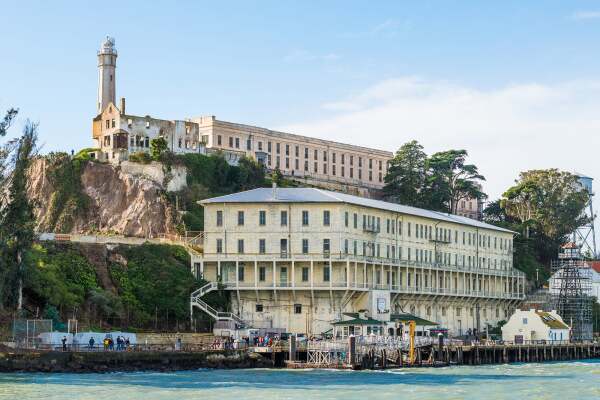
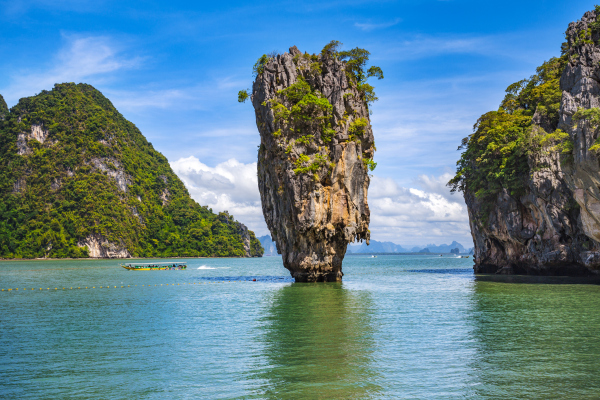
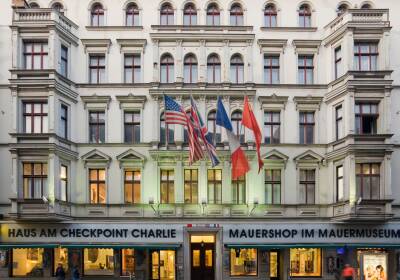
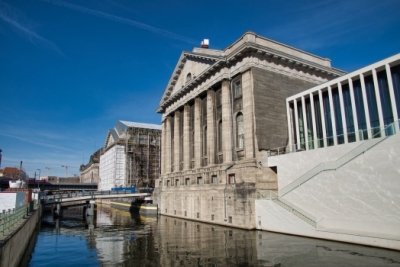
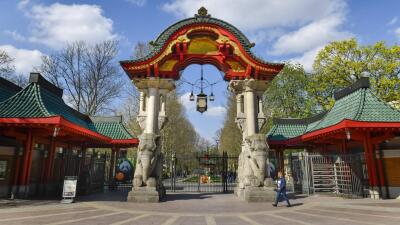
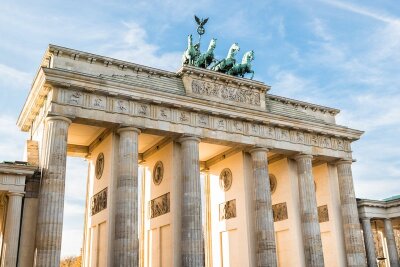
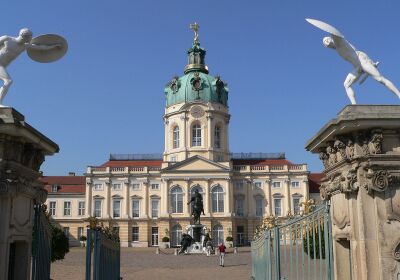
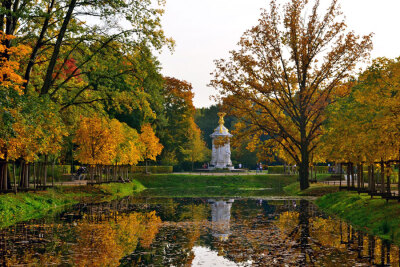
-thumb.jpg)
-thumb.jpg)